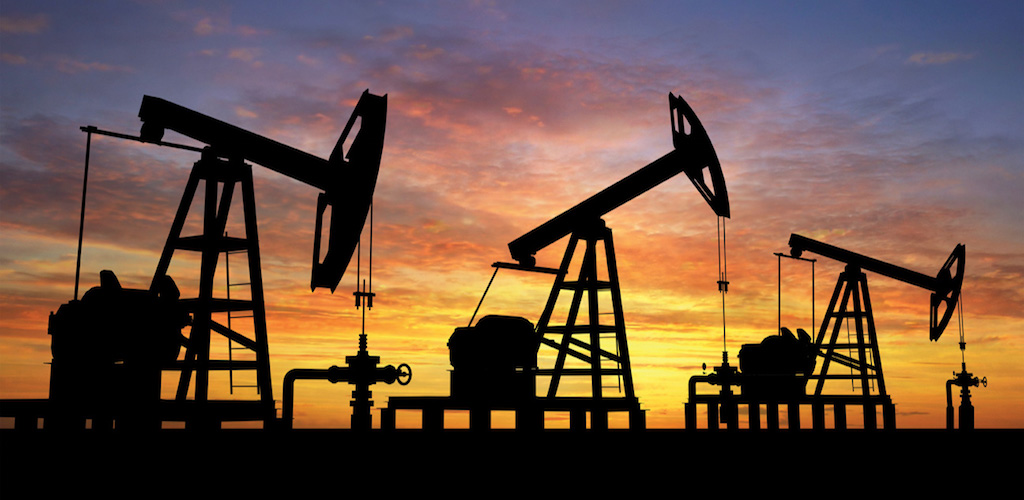Dec 03 | 2020
(Global) Rystad Predicts 102 Million Barrels Per Day

Peak oil demand is expected to arrive two years earlier as a result of Covid-19, according to the latest research by consultancy Rystad Energy.
The firm now predicts that peak global oil demand will be reached in 2028 and will be significantly lower than previously calucalted. The firm forecasts global demand will hit 102 million barrels per day in 2028 as compared to it previous estimate of just over 106 million bpd in 2030.
“The slow recovery will permanently affect global oil demand levels, shaving at least 2.5 million bpd off our forecasts made before the coronavirus,” Artyom Tchen, senior oil markets analyst at Rystad Energy.
The outlook is likely to impact forward-looking breakbulk contracts as oil and gas majors slash investment and postpone new projects.
“We have lost at least 2 years of oil demand growth in 2020 and 2021, while before the virus we expected yearly growth of 1 million bpd. The lockdowns will stunt economic recovery in the short term and in the long term, and the pandemic will also leave behind a legacy of behavioral changes that will also affect oil use,“ Tchen added.
Tchen predicts that ongoing pandemic measures are likely to cause 2020 oil demand to fall to 89.3 million bpd, compared to 99.6 million bpd in 2019.
With lockdowns forecast to begin easing next year, Rystad estimates volumes will recover to 94.8 million bpd in 2021 and strengthen further to 98.4 million bpd in 2022.
“The energy transition is accelerating and also weighs on our peak oil demand revision. All sectors contribute to the transition, but transport (60 percent of oil demand) will be the ultimate driver of this shift,” Tchen notes.
Headquartered in Oslo, Norway, Rystad Energy is an independent research and business intelligence company focused on energy fundamentals in the global and regional upstream, oilfield services and renewable energy industries.
Subscribe to BreakbulkONE and receive more industry stories and updates around impact of COVID-19.

